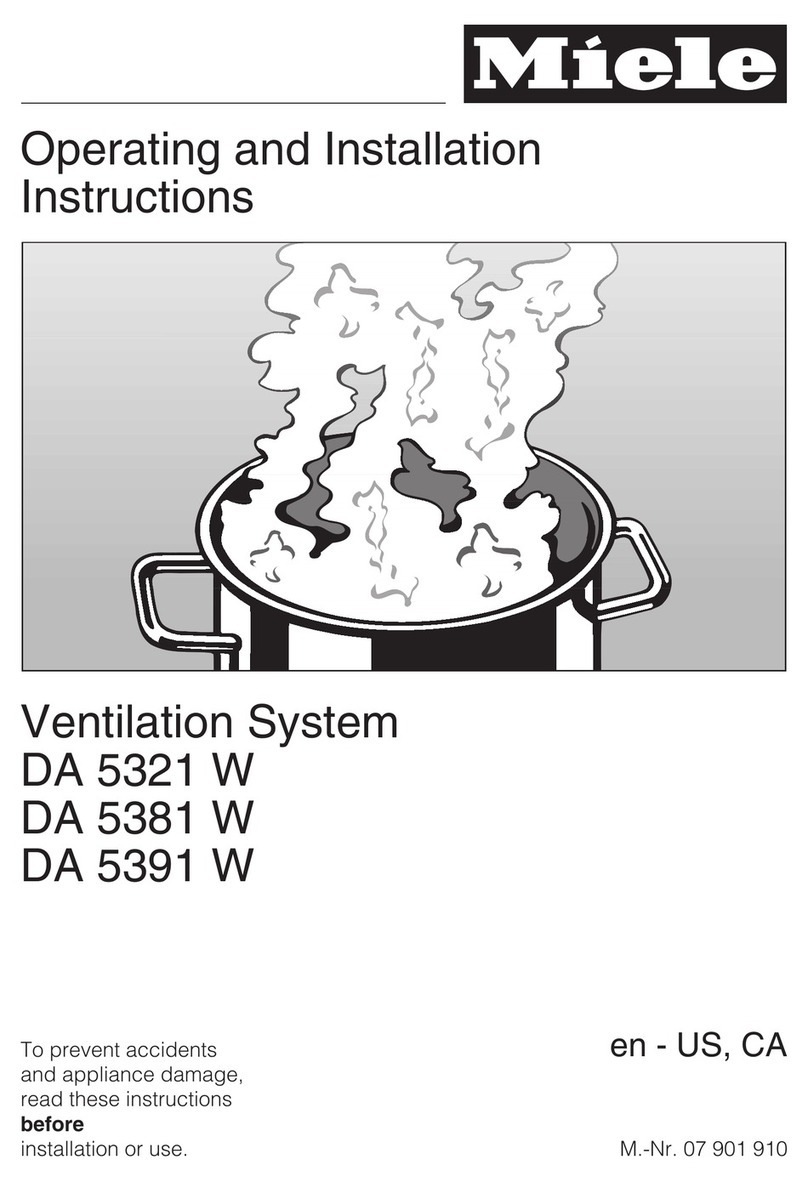Miele DA 3060 User manual
Other Miele Ventilation Hood manuals
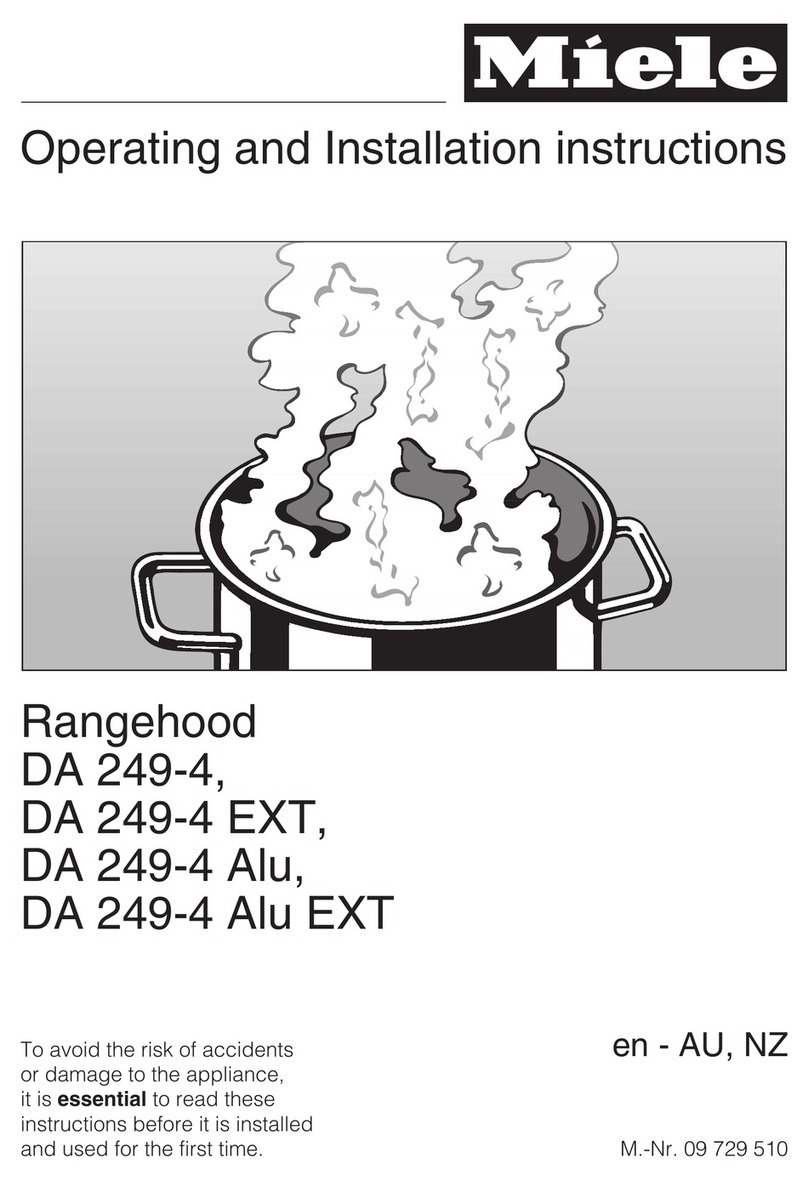
Miele
Miele DA 249-4 EXT User manual

Miele
Miele DA 390-5 User manual

Miele
Miele DA 399-5 EXT User manual
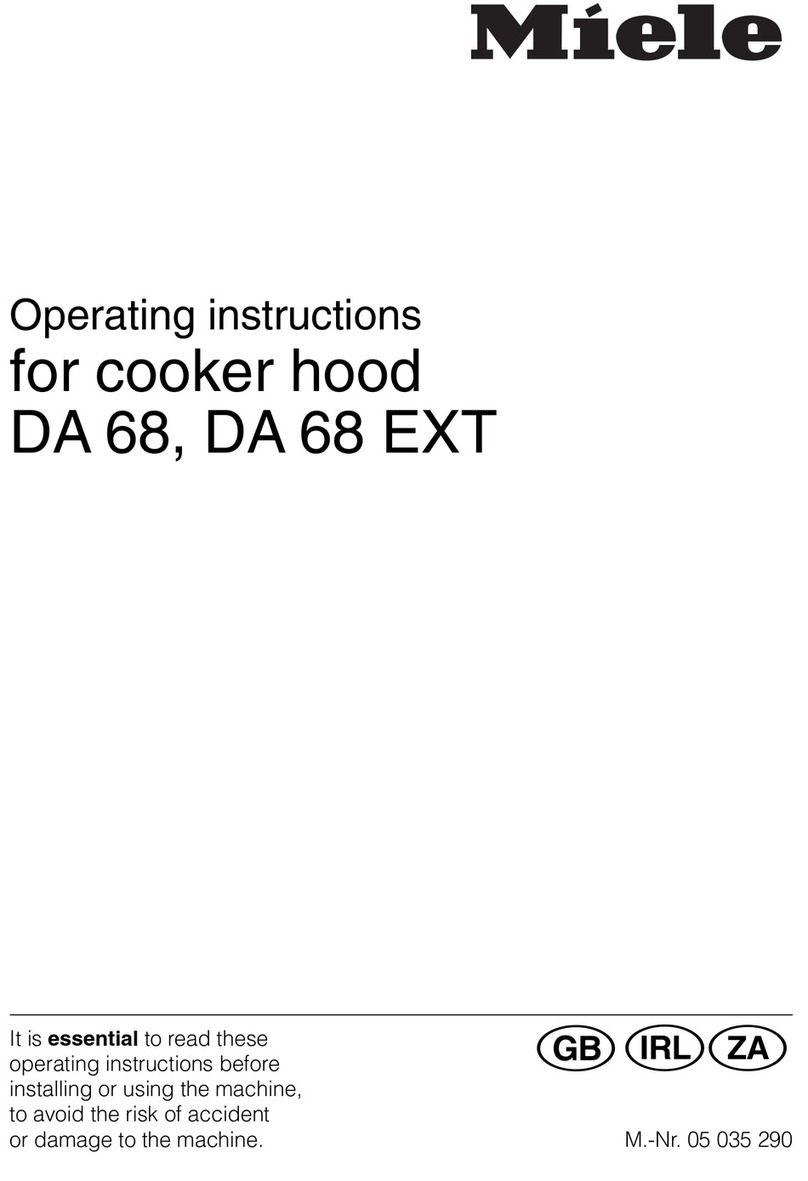
Miele
Miele DA 68 User manual

Miele
Miele DA 2660 EXT User manual

Miele
Miele DA 2906 EXT User manual
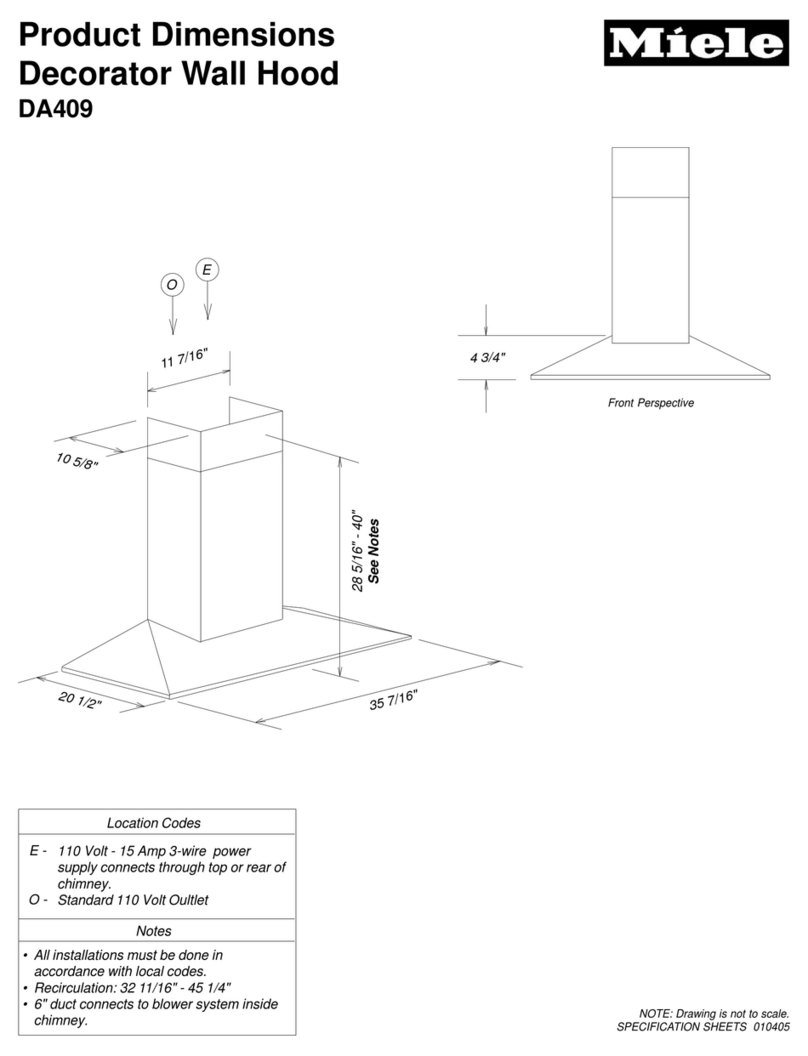
Miele
Miele DA 409 Parts list manual

Miele
Miele DA2210 User manual

Miele
Miele DA 6698 D User manual
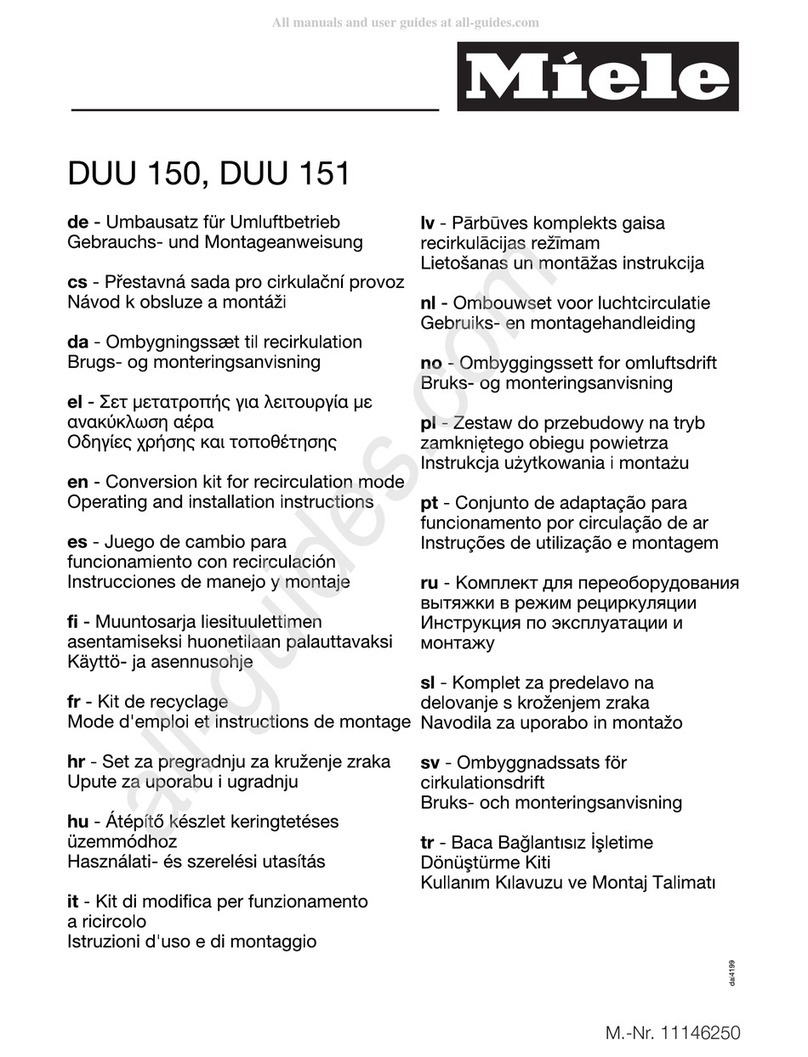
Miele
Miele DUU 150 User manual

Miele
Miele DA 5106 User manual

Miele
Miele DA 6590 W User manual

Miele
Miele DA 6690 D EXT User manual
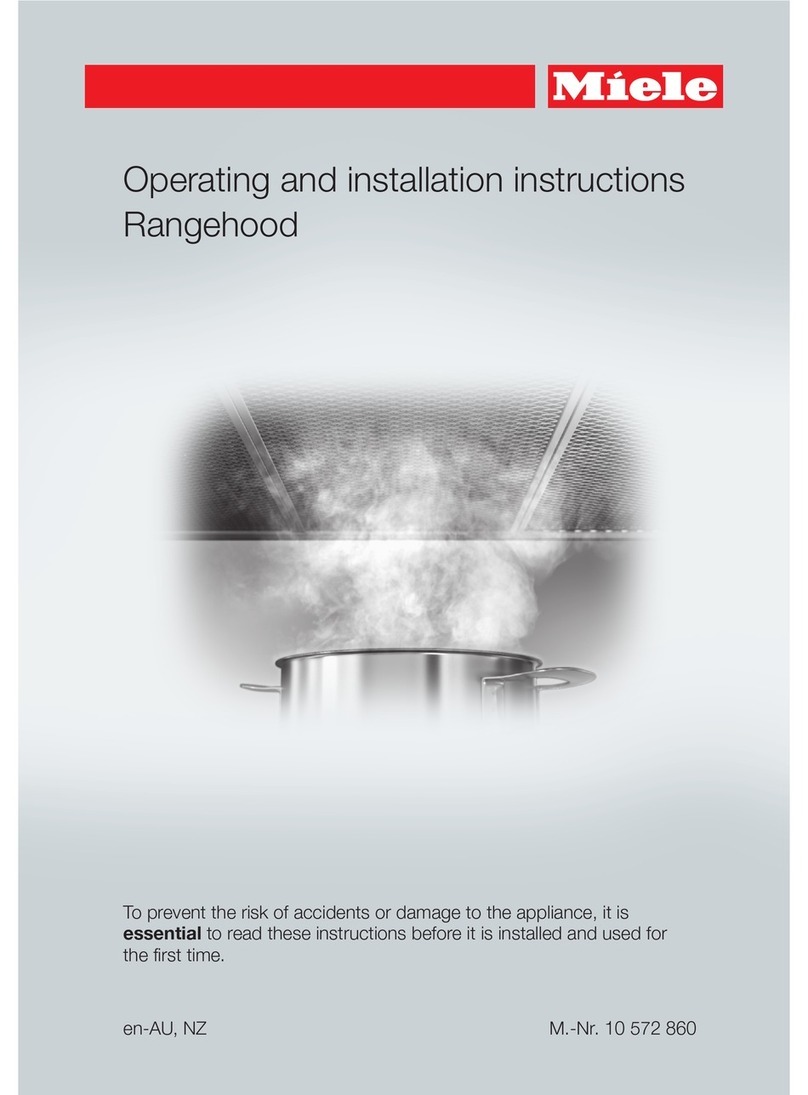
Miele
Miele DA 2550 User manual

Miele
Miele DA 424 V EXT User manual
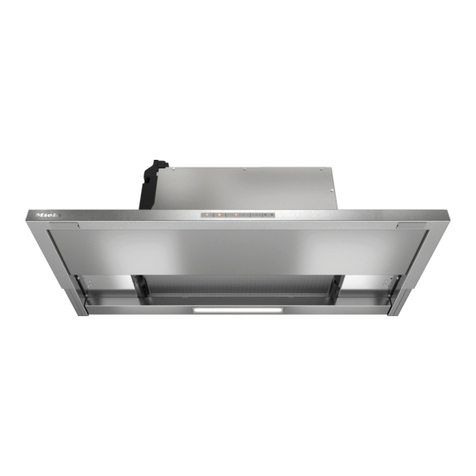
Miele
Miele DAS 4920 User manual

Miele
Miele DA 403 User manual

Miele
Miele DA 409 User manual
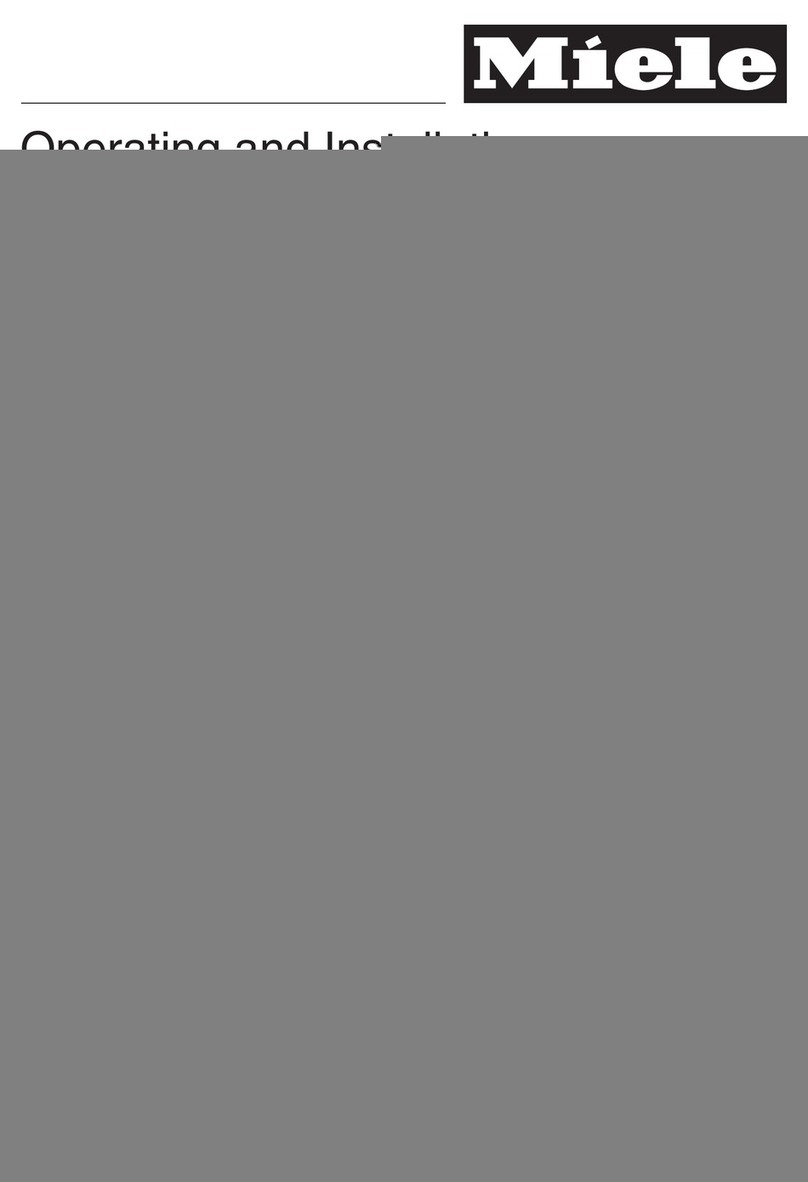
Miele
Miele DA 5190 W User manual
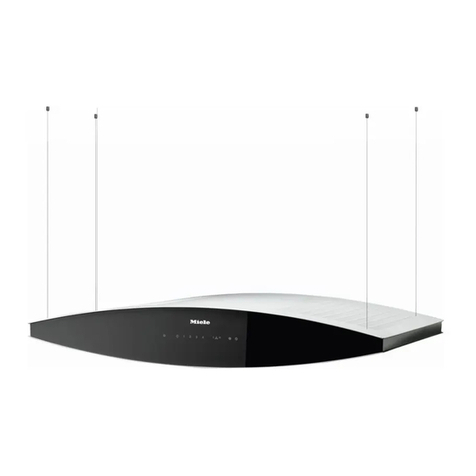
Miele
Miele DA 7000 D User manual
Popular Ventilation Hood manuals by other brands

Gorenje
Gorenje S3 IHGC963S4X manual

KOBE
KOBE ISX2136SQB-1 Installation instructions and operation manual

U.S. Products
U.S. Products ADVANTAGE-100H Information & operating instructions

Kuppersberg
Kuppersberg DUDL 4 LX Technical Passport

Framtid
Framtid HW280 manual

Thermador
Thermador HGEW 36 FS installation manual
